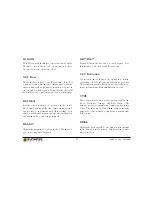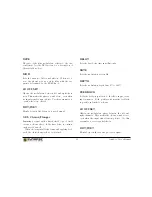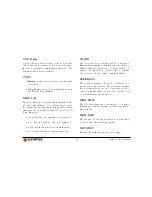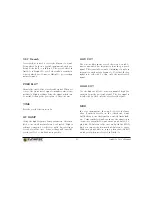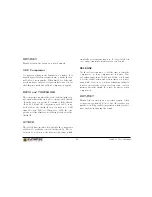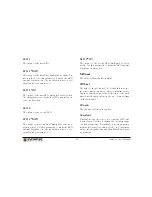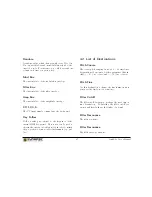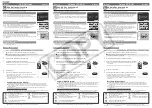
3.4 Modulation Envelope
An envelope is used to model the progression of timbre,
volume or pitch of a sound, from start to finish. An
envelope is triggered whenever a key is hit. The mod-
ulation envelope can be assigned to almost any sound
parameter via the modulation matrix. All envelopes
in Antidote can be described by four stages called At-
tack, Decay, Sustain and Release (ADSR), see fig. 3.5.
Attack
Decay
Release
Time
Level
Key pressed
Key released
Sustain
Figure 3.5: The modulation envelope.
ATTACK
The ATTACK parameter specifies the duration it
takes for the envelope to reach its maximum value.
When set to zero, the envelope immediately starts at
the peak value. The slope of the attack stage is linear.
DECAY
After reaching the peak, the decay stage commences.
During the decay stage, the envelope falls back to a
lower level, the sustain level.
The DECAY control
specifies the duration of the decay stage, i.e. how long
it takes to fall back to the sustain level. The slope of
the decay stage is logarithmic.
SUSTAIN
This parameter specifies the sustain level that is
reached after the decay stage ends. The sustain stage
lasts as long as a key is pressed.
RELEASE
The final release stage is triggered whenever a key is
released. The RELEASE parameter specifies the du-
ration it takes the envelope to hit zero. The slope of
the release stage is logarithmic like the decay stage.
13
Antidote User’s Manual
Summary of Contents for Antidot
Page 1: ...User s Manual...



















